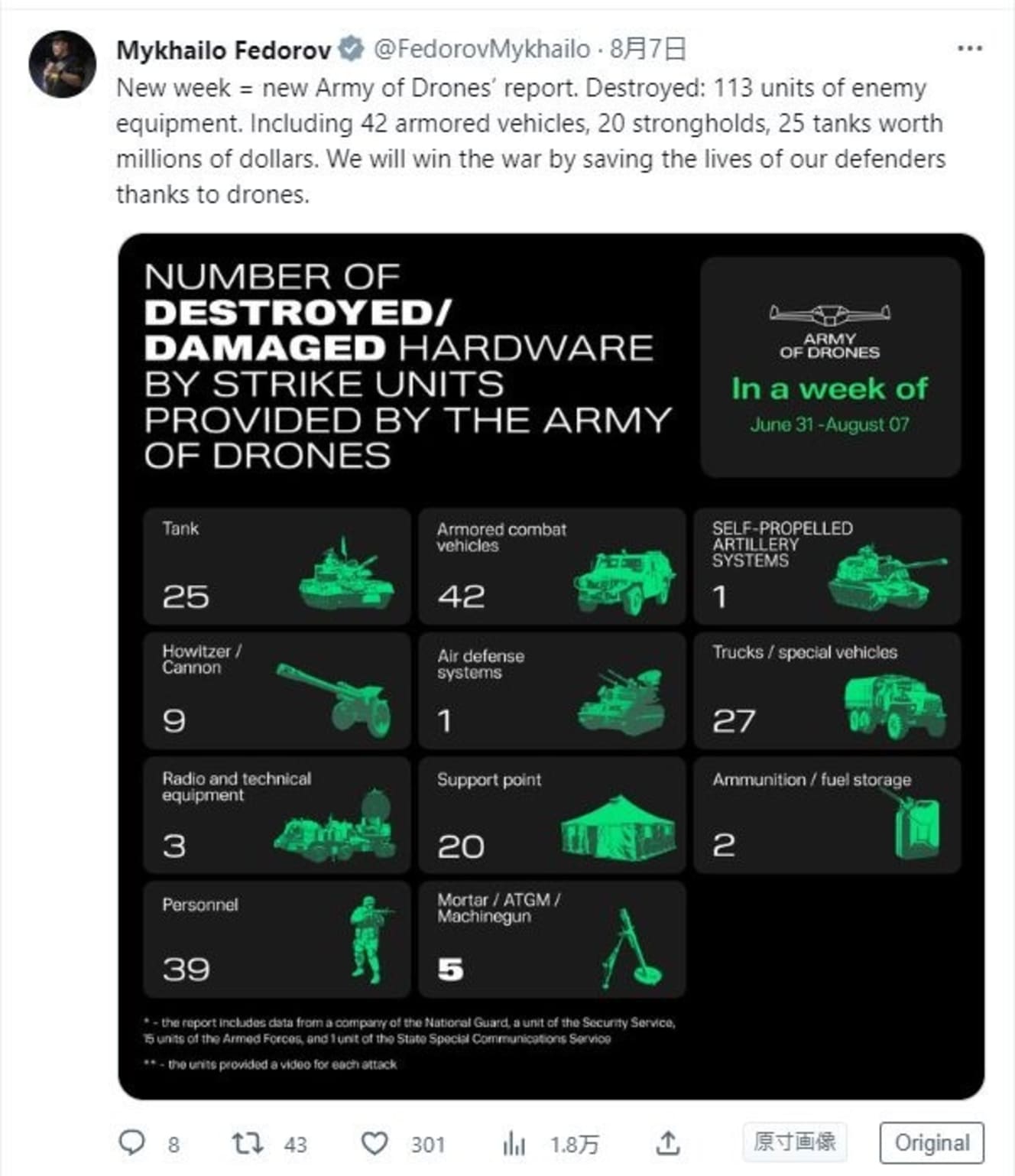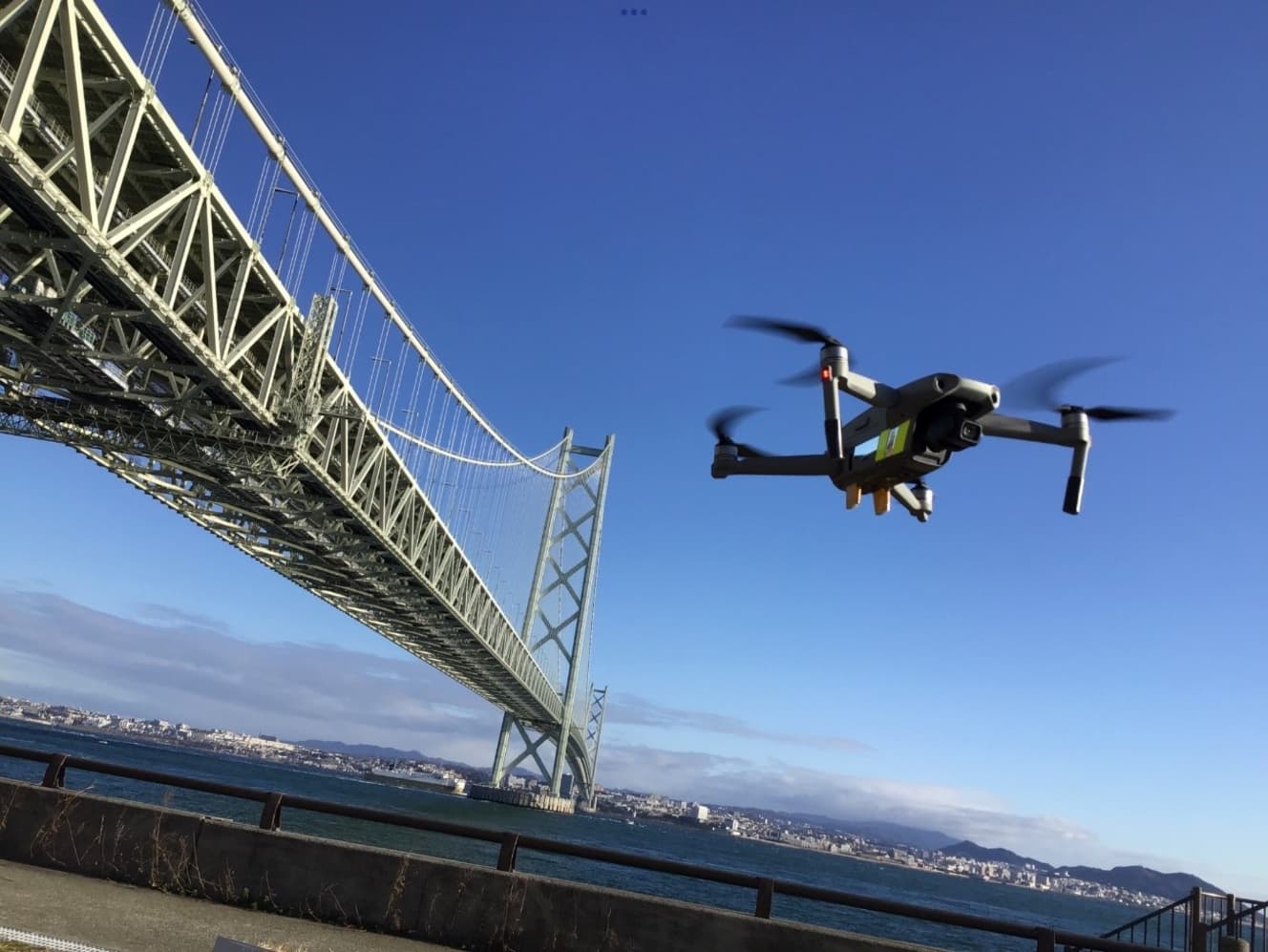Drone Goes Missing at Self-Defense Forces Garrison…Japan Lags Behind the World in “Drone Training,” Barrier of “Civil Aeronautics Law
Drone Training for Self-Defense Forces Personnel and Legal Barriers
On October 2, a first lieutenant assigned to the Miyakojima Garrison of the Ground Self-Defense Force (Miyakojima City, Okinawa Prefecture) brought a drone to a training site in the city, and the drone went missing during a flight, the GSDF learned in an interview. The JGSDF reported the incident to the Ministry of Land, Infrastructure, Transport, and Tourism on suspicion of violating the Civil Aeronautics Law by failing to register the training aircraft, and is currently investigating the circumstances surrounding the incident.
Why is this a problem when drone piloting training is conducted at the SDF training grounds?
The SDF conducts drone training for use in various missions. The current Civil Aeronautics Law defines the SDF, police, and fire departments as organizations that operate drones for public safety and welfare. Therefore, drone training, courses, and education for the SDF are necessary, as stated in the Civil Aeronautics Law. The problem is that although training is necessary, legal restrictions prevent adequate training. Because some of the SDF garrisons are located (in the vicinity of metropolitan areas, population centers, airport facilities, etc.), vast areas of training land are designated as no-fly zones or restricted areas for drone flights.
In addition, training by the Self-Defense Forces, police, etc., as well as general drone enthusiasts must apply for a permit each time they train. Under the Civil Aeronautics Law, flight permission and approval procedures are basically required when flying in airspace and in a manner that requires permission or approval from the Minister of Land, Infrastructure, Transport and Tourism (specified flights). Specified flight zones include areas around airports, over populated areas, over 150 meters above the ground, and emergency use zones. Those who fly unmanned aircraft in these restricted areas without the appropriate permits and approvals are subject to imprisonment or fines.
Shigeru Kizaki, an instructor at a drone training organization accredited by the Civil Aviation Bureau, explains.
The aforementioned first lieutenant was also subject to investigation for failing to properly register. In certain specified flights, such as in densely populated areas (DID), organizations such as the Self-Defense Forces, police, fire departments, and Coast Guard need to obtain permission and approval for drone education and training flights.
Since the prescribed registration with the Civil Aviation Bureau is required in advance, drone training can be conducted flexibly, such as, “Today is a clear day and the wind is not strong, so we will conduct drone training at the training site. We can’t just say, “It’s sunny and not too windy today, so we’re going to conduct drone training at the training site. It is difficult for many members to train properly if they have to go through the registration, flight permission, and approval process every time they train, which is affected by weather and meteorological conditions.
The SDF must become skilled at reconnaissance and transporting goods by drone. In addition, difficult drone piloting skills such as “night flying,” “flying out of sight,” “flying at no distance from a person or object,” and “dropping objects (with a maximum takeoff weight of less than 25 kg)” would also be required. Such special training would raise the bar even higher, and the regulations, permit applications, and other procedures for conducting such training would be heavy. Currently, it is difficult for SDF personnel to receive advanced drone piloting training, and opportunities for such training have been lost. Of course, the same is true for police and fire departments.

The Strategic Value of Drones in the Ukrainian Conflict and Beyond
Drones are now attracting attention as a weapon that has changed conventional tactics and strategy. Drones are inexpensive compared to other weapons, yet they have become a revolutionary tactical weapon that can be remotely operated for reconnaissance, bombing, and many other purposes. Drones, which have been likened to “modern-day flintlocks,” are used in a variety of scenarios.
Drone weapons first came to attention during the Ukrainian conflict. In response to the Russian military invasion, drone weapons utilized by the Ukrainian military accurately attacked Russian tanks and bases. Mykhailo Fyodorov, Ukraine’s First Deputy Prime Minister and Minister of Digital Affairs, said on August 7, “In one week, drones destroyed 113 pieces of enemy equipment. This includes 42 armored vehicles, 25 tanks costing millions of dollars, 20 supply depots, etc.” post.
And on August 11, along with a video of a large explosion to a Russian infantry fighting vehicle that was hiding in the bushes, “A rather powerful large explosion blew up $100,000 ($15 million) worth of Russian military assets!” posted. Drones, which can be made inexpensively, have been equipped with battlefield-appropriate capabilities in the process of being deployed one after another as consumable items.
The Ukrainian military’s drone weapon tactics are supported by Starlink, a satellite communication network service. The war situation has changed dramatically since it was granted free use to Ukraine by Elon Musk, head of the space exploration business SpaceX and CEO of Tesla. With an uninterrupted communication network, drone operators can acquire stable enemy location information.

Differences between Russian and Ukrainian Drone Technology
Ukrainian journalist Glenko Andriy explained the differences between Ukrainian and Russian drone technology.
In Ukraine, engineers from all over the world have gathered to develop smart military drones equipped with AI technology. Their precise image analysis and accurate attack capabilities could become a new industry of the future. Ukraine has the technological capability, but it cannot mass produce drones. We had the upper hand when we first introduced drones, but now we are being pushed back by Russia’s mass production capabilities.”
Most of Russia’s Iranian-made Shaheds are simple-function drones that self-destruct at pre-programmed locations. Russia has the advantage of being able to mass-drop even drones with simple functions. Photographs of a planned construction site in a special economic zone in the Republic of Tatarstan in western Russia, which is also believed to be a drone manufacturing plant, have been made public. Russian drone mass production bases are scheduled to go into operation one after another. There is a strong possibility that the mass production of Russian drones will push back Ukraine’s drone capabilities.
The development of drone weapons for use on the battlefield is being promoted by countries around the world and has become an indispensable part of modern warfare.
Japan’s drone manufacturing technology is advanced. However, even drones with advanced performance are useless unless they can be piloted. The training of Self-Defense Forces personnel to become proficient in drone piloting is also hampered by legal procedures that prevent adequate training. This is a waste of a valuable asset. In both Ukraine and Russia, teenagers learn drone piloting skills at schools and military training centers. The Ukrainian military has introduced a 10,000-person training program and has declared that it will win the piloting skills war.
Not limited to the Self-Defense Forces, drones are expected to play an active role in construction, agriculture, and disaster relief. We understand that the law is designed to protect the safety of the people, but it needs to change with the times. Politicians who created hurdles (laws) that are too high for training should reconsider once again. At the very least, we would like to see the Self-Defense Forces be allowed to freely conduct training within their bases. Laws that turn cutting-edge, capable digital equipment into “chests of drawers” need to be changed quickly.

Interview, text, and photos: Rie Ogasawara
Rie Ogasawara is a national defense journalist. After graduating from Kansai Gaidai University, she worked as a freelance writer focusing on the Self-Defense Forces and security issues, and is the author of "Self-Defense Forces Personnel Buy Toilet Paper at Bases with Their Own Money" (Fusosha Shinsho) published in 2007. Winner of the 15th "True Modern Historical Perspective" Essay Competition sponsored by the APA Foundation for the Revitalization of Japan, and the Sanshuji Seishi Prize.
